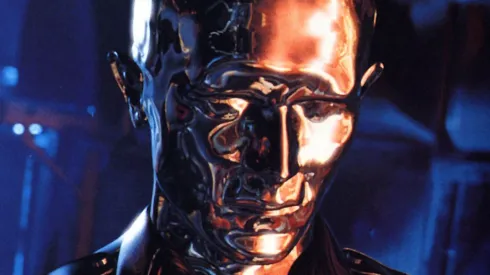The craft of screen acting has been permanently revolutionized by Computer-Generated Imagery (CGI). Once confined to the limits of practical effects and physical reality, performers can now inhabit wholly digital beings—from hyper-realistic synthetic characters to complex, emotionally resonant creatures—thanks to advanced techniques like performance capture.
CGI is no longer just a visual tool; it is a critical partner, enabling actors to deliver performances that are impossible without digital enhancement. This list spotlights the 20 greatest movie performances where CGI was essential to the character’s existence and profound impact.
Andy Serkis as Gollum in The Lord of the Rings
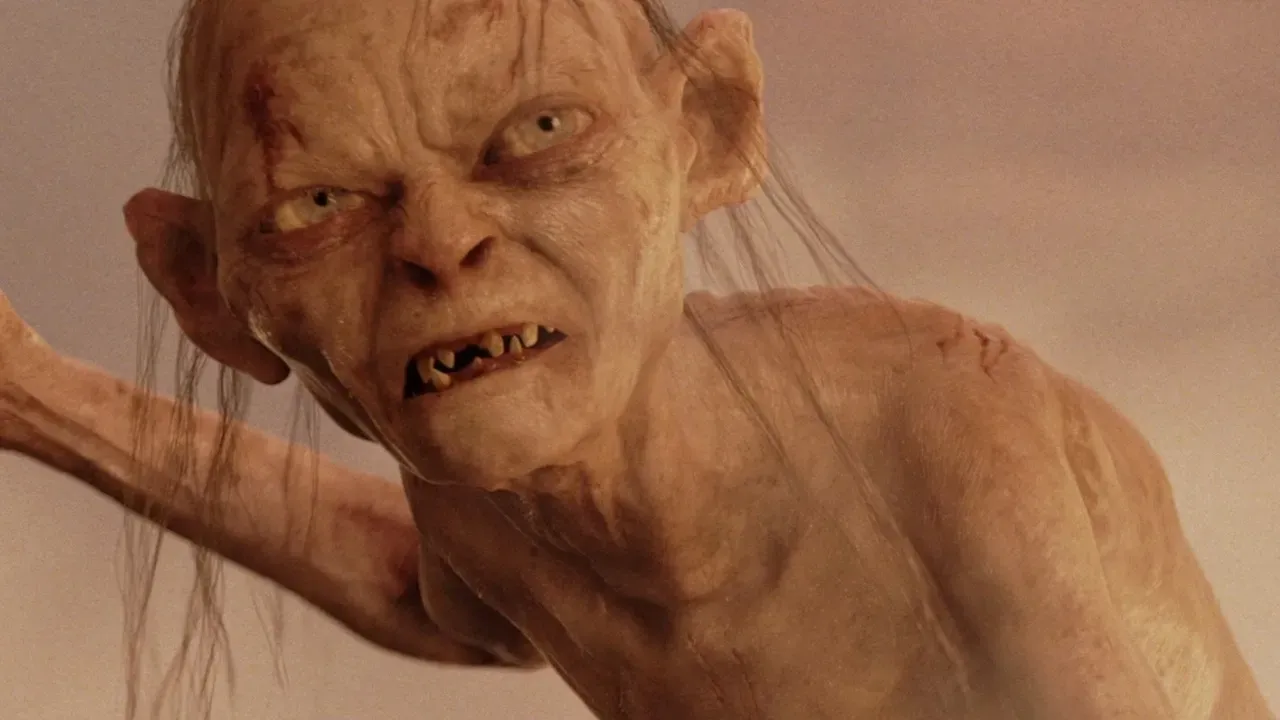
Source: IMDb
Andy Serkis’s portrayal of the tormented creature Gollum is widely recognized as the watershed moment for performance capture in cinema. His intense physical and vocal acting was seamlessly translated via CGI, creating a fully realized, emotionally volatile being that was simultaneously hideous and sympathetic. The technology was not just for the creature’s appearance; it was essential to capturing the nuance of Serkis’s performance, making Gollum the gold standard for what a digital character could achieve emotionally.
Josh Brolin as Thanos in Avengers: Infinity War & Endgame

Source: IMDb
Thanos represents the pinnacle of digital villains, owing much to Josh Brolin’s imposing performance. Sophisticated facial Mo-Cap translated Brolin’s expressions onto the massive, purple alien, retaining the actor’s subtle frowns, sighs, and moments of introspection. This technology was critical in making Thanos not merely a CGI threat, but a layered and surprisingly emotional character whose conviction was conveyed entirely through digital means.
Bill Nighy as Davy Jones in Pirates of the Caribbean
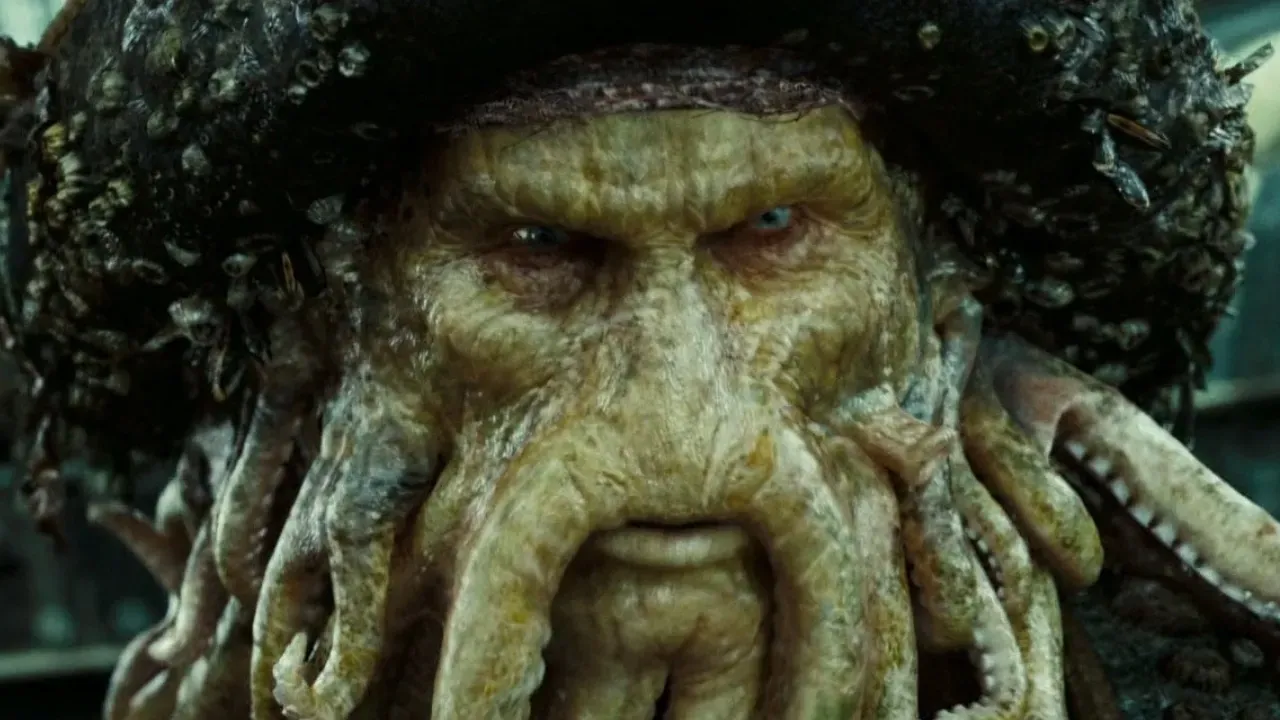
Source: IMDb
Bill Nighy brought his unique theatrical flair to the terrifying, tentacled sea monster Davy Jones. The performance required cutting-edge CGI to render his entirely non-human appearance, yet the technology was crucial in preserving Nighy’s acting choices. By faithfully translating the subtle movements of his head and eyes, the effects team ensured the digital monster felt like a genuine, emotionally tragic character beneath the complex digital surface.
Zoe Saldaña as Neytiri in Avatar
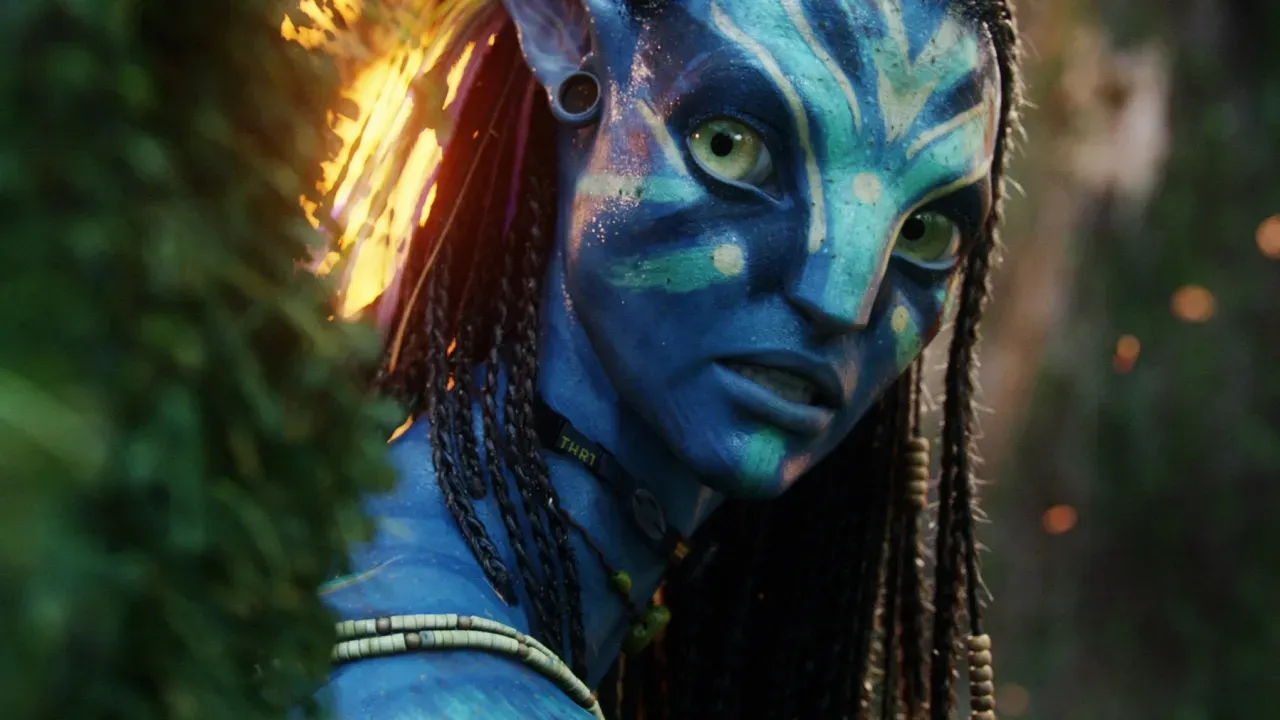
Source: IMDb
Zoe Saldaña’s work as the Na’vi warrior Neytiri showcased a new generation of facial capture technology. Her performance was taken and mapped onto an 8-foot-tall, blue-skinned alien, proving that even stylized non-human characters could retain the full emotional spectrum of the actor. The CGI was the only way to deliver the scale and visual detail of the Na’vi while ensuring Saldaña’s expressive, warrior spirit was fully communicated.
Rosa Salazar as Alita in Alita: Battle Angel
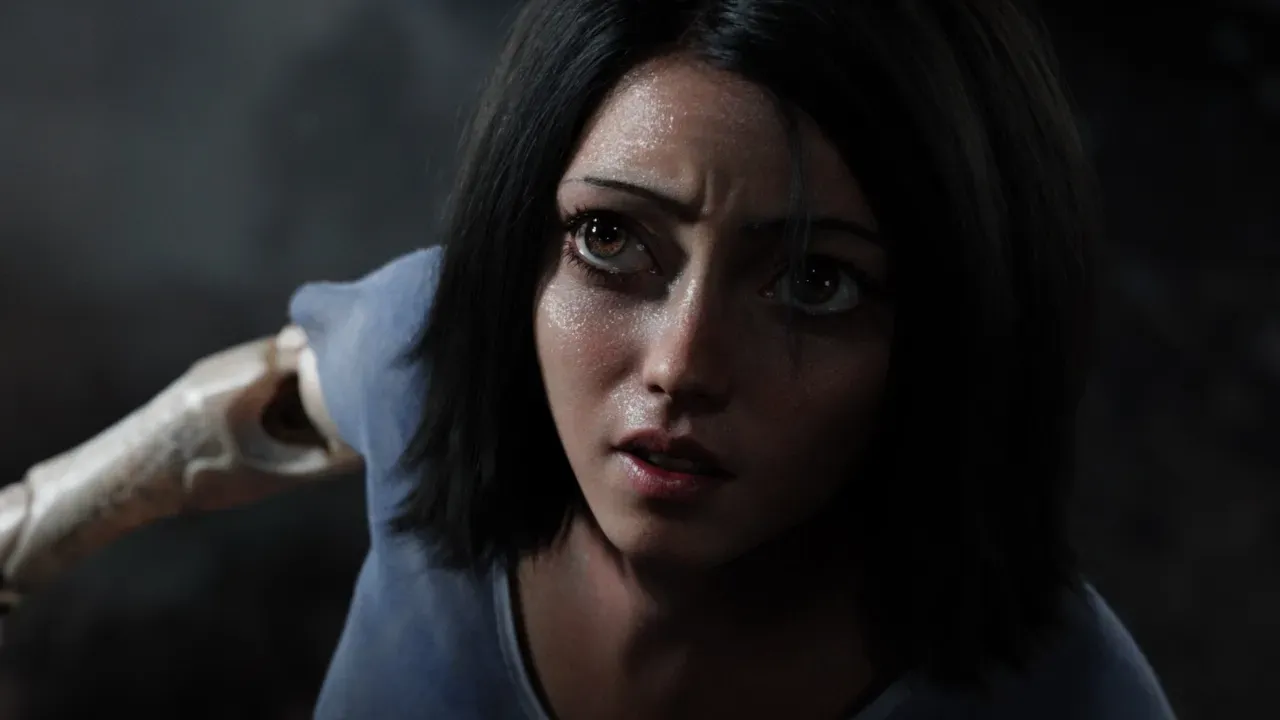
Source: IMDb
The entire presence of Alita hinges on the delicate balance of Rosa Salazar’s human performance against the highly stylized digital transformation. The advanced rendering was necessary to maintain the character’s signature “manga eyes” and intricate cyborg body while preserving the genuine vulnerability and fire in Salazar’s performance, making her a believable hero despite being almost entirely synthetic.
Benedict Cumberbatch as Smaug in The Hobbit
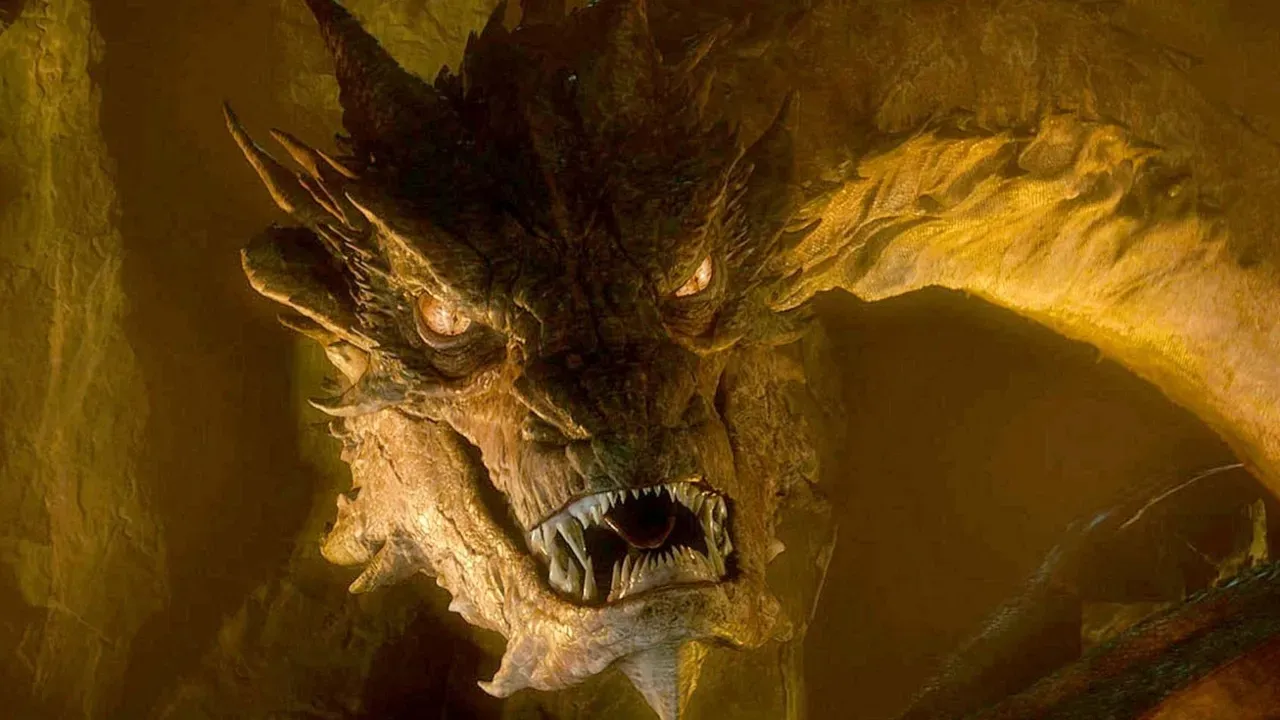
Source: IMDb
Benedict Cumberbatch didn’t just provide the voice for the dragon Smaug; he used performance capture to inform the creature’s massive scale and terrifying intelligence. The CGI brought life to the digital creature by translating Cumberbatch’s physicality, voice, and facial expressions—particularly the predatory smugness—creating an intelligent, three-dimensional digital antagonist that was directly rooted in the actor’s choices.
Brad Pitt as Benjamin Button in The Curious Case of Benjamin Button
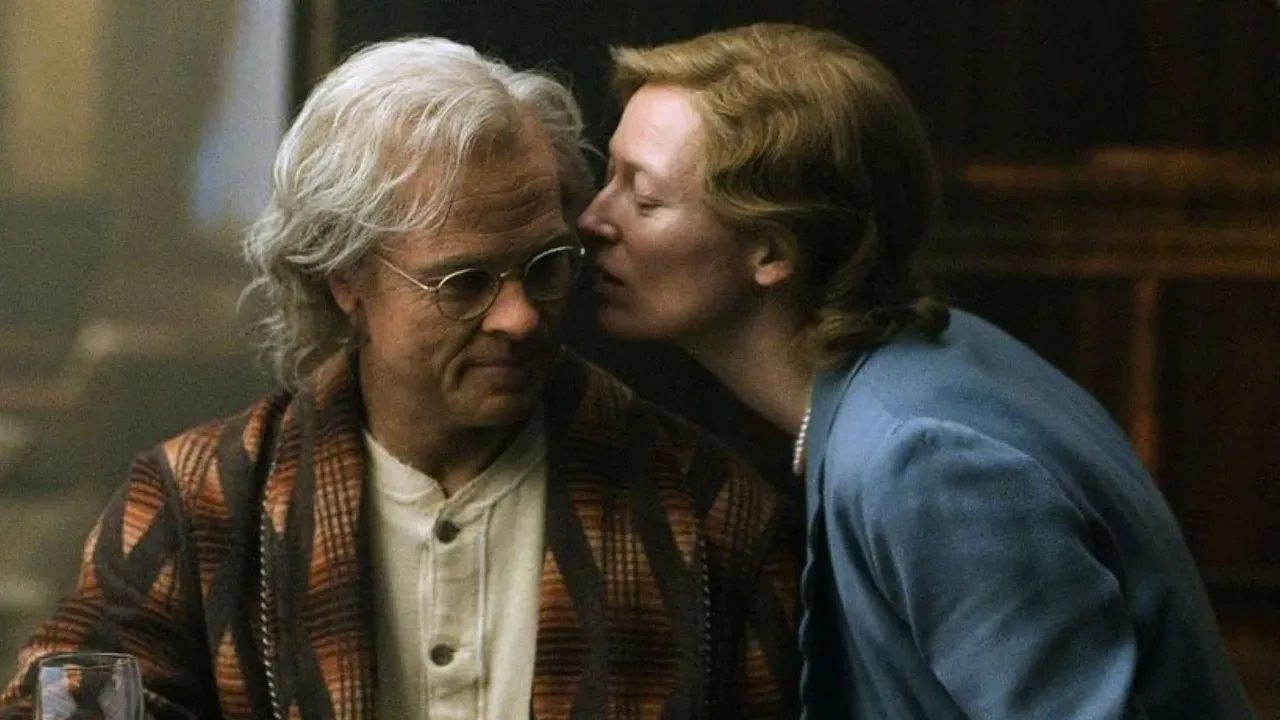
Source: IMDb
This role required perhaps the most complex digital manipulation ever attempted on a lead actor. To portray Benjamin Button as a man aging backward, groundbreaking digital de-aging and aging technology was used to transplant Brad Pitt’s performance onto various digitally rendered bodies, allowing him to authentically embody the character across his entire lifespan, from infancy to old age.
Alan Tudyk as Sonny in I, Robot

Source: IMDb
Alan Tudyk’s motion-capture performance was central to differentiating the robot Sonny from the thousands of generic automatons in the film. The CGI was essential in rendering the sleek, digital body, but it was Tudyk’s unique Mo-Cap choices that gave Sonny his distinctly human curiosity, expressive physicality, and the sense of a soul trapped in a synthetic shell.
Ray Winstone as Beowulf in Beowulf (2007)

Source: IMDb
In this full-performance capture film, Ray Winstone’s entire body and face were captured and translated into the digital hero Beowulf. The CGI allowed the filmmakers to create a heightened, idealized, and physically impossible version of the legendary figure, while still conveying the grit of Winstone’s performance underneath the animated surface.
Seth Rogen as Paul in Paul
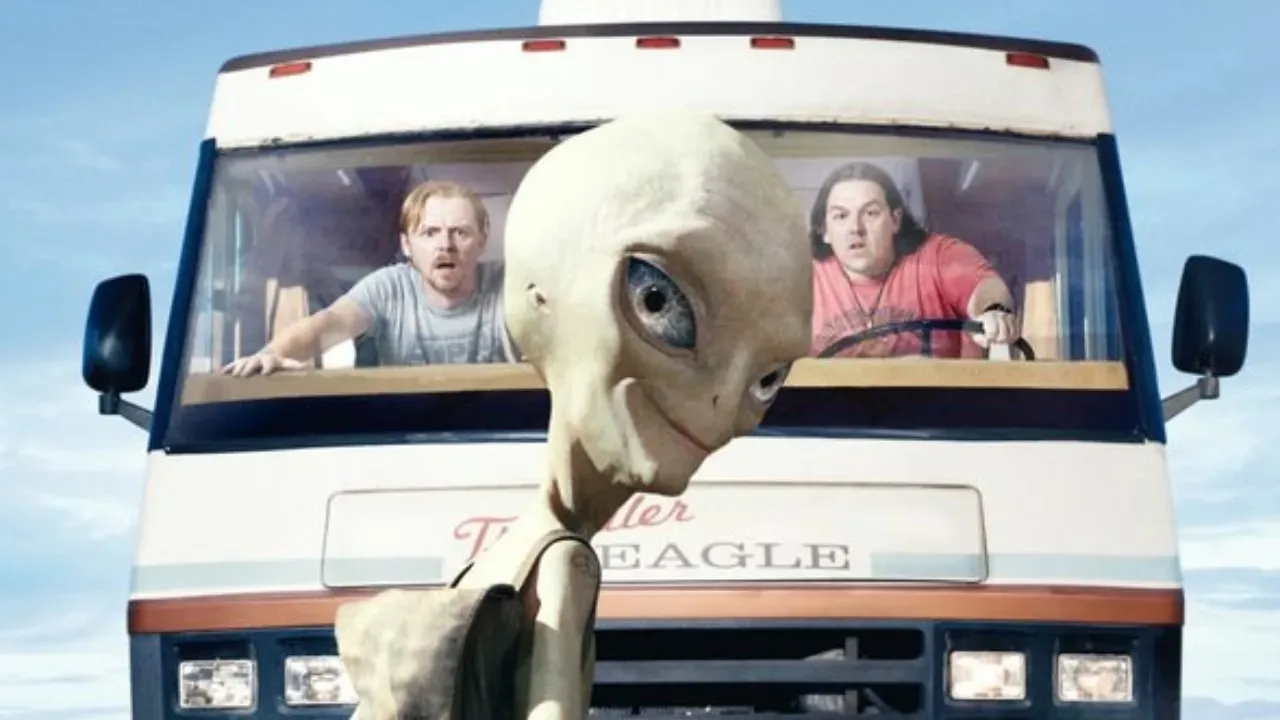
Source: IMDb
Seth Rogen provided both the voice and the motion capture for the titular alien, Paul. The CGI was the only way to realize a charismatic, sarcastic, and fully animated alien creature. Rogen’s performance choices were vital in giving the digital character a genuine, comedic personality, making the creature feel like a believable, flesh-and-blood co-star in a road-trip comedy.
Mark Ruffalo as Hulk in The Avengers
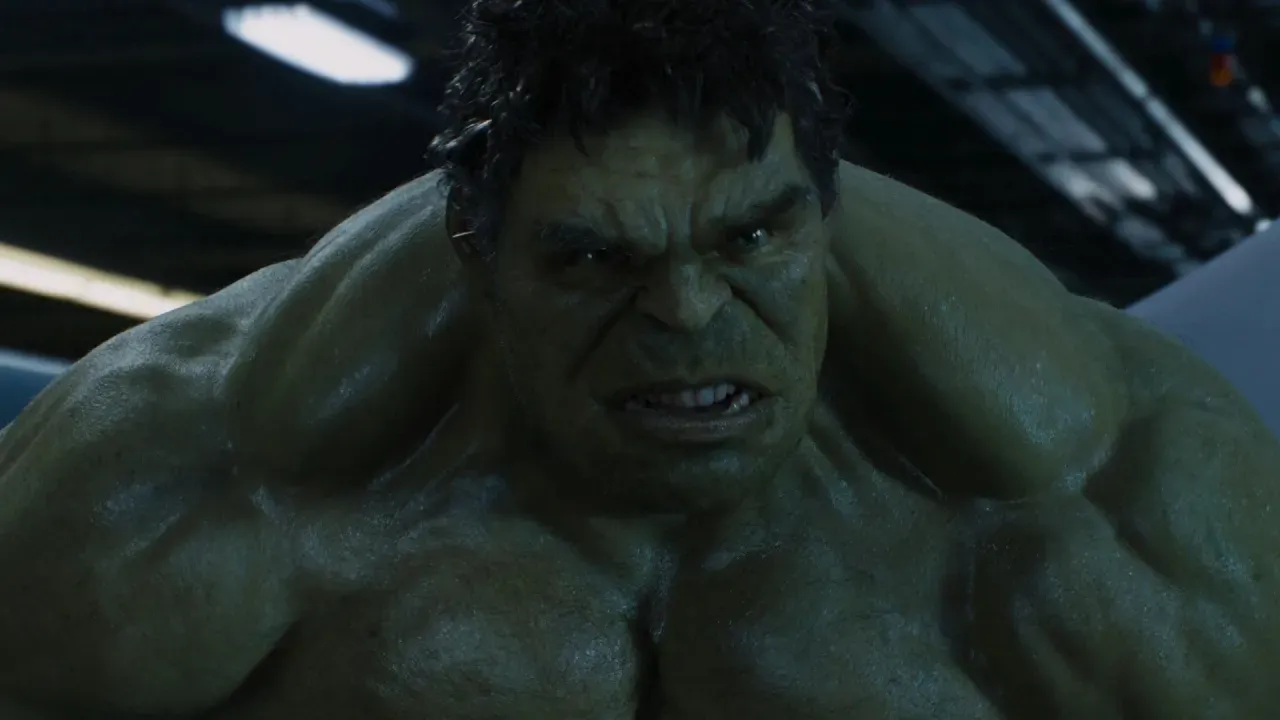
Source: IMDb
Mark Ruffalo brought a new dimension to The Hulk by using performance capture to portray both the gentle Bruce Banner and his enraged green alter ego. The CGI was essential not only for the Hulk’s massive size and distinct coloring but, crucially, for translating the emotional vulnerability and internal conflict of Ruffalo’s face directly onto the digital brute. This technique allowed the Hulk to evolve from a mindless monster into a character capable of complex, expressive acting.
Bradley Cooper as Rocket Raccoon in Guardians of the Galaxy
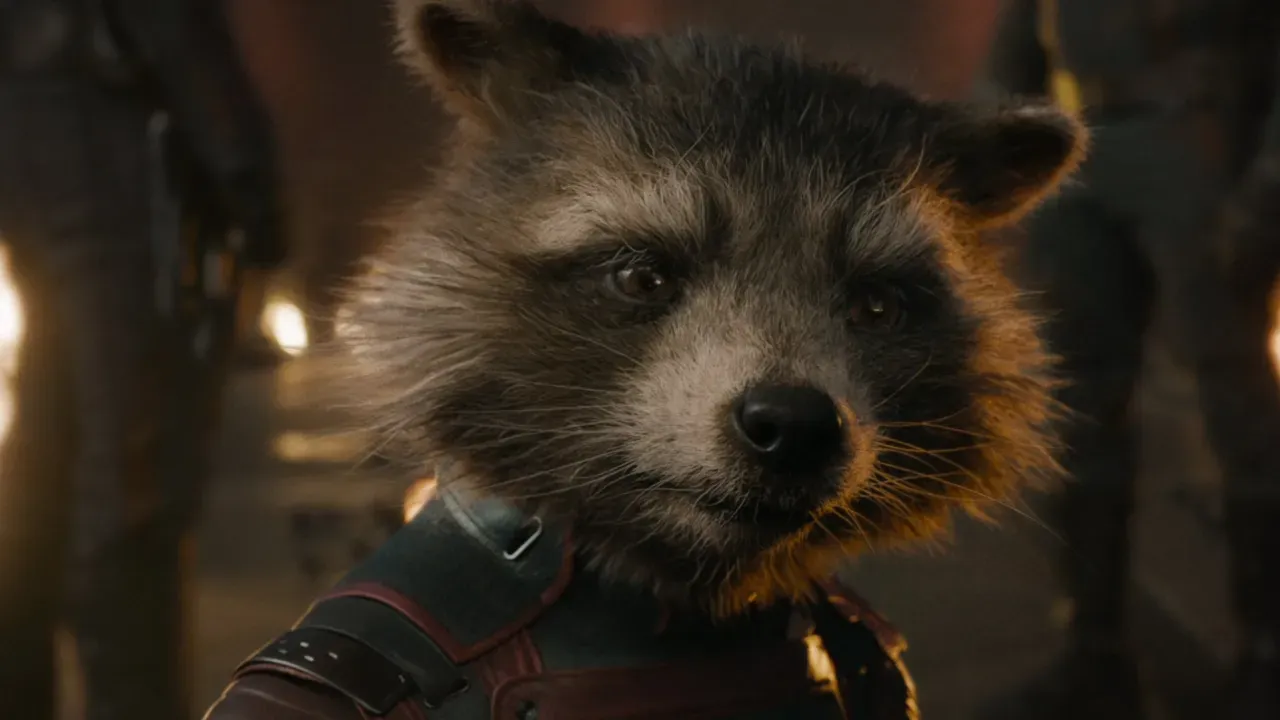
Source: IMDb
While Bradley Cooper only provided the voice, the performance of Rocket Raccoon is a triumph of digital character animation that faithfully captures the energy and tone of the actor’s vocal work. The CGI was necessary to create the highly detailed, anthropomorphic raccoon who could convincingly handle weapons and deliver comedic timing. The animators were so successful in channeling Cooper’s sardonic wit and emotional delivery that the digital creature feels entirely like a live-action co-star.
Jason Cope as Christopher Johnson in District 9
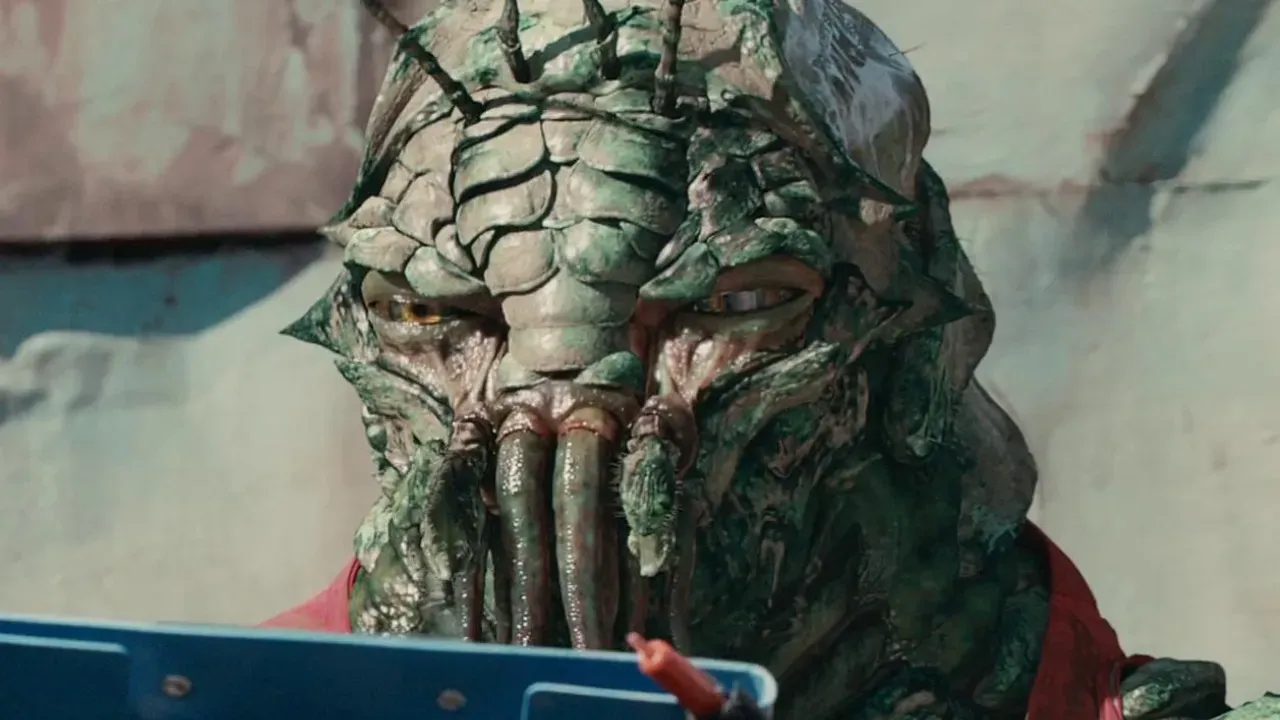
Source: IMDb
Jason Cope’s work as Christopher Johnson, the lead Prawn alien, and his co-starring performance as all the other aliens, is a logistical and emotional feat of CGI-enabled acting. Cope acted on set in alien garb, with his movements and facial expressions captured and then mapped onto the final, digitally-rendered Prawn bodies. The CGI was essential to giving the aliens their distinct, non-human physiology while retaining the powerful, sympathetic emotion of Cope’s original performance.
Alicia Vikander as AVA in Ex Machina
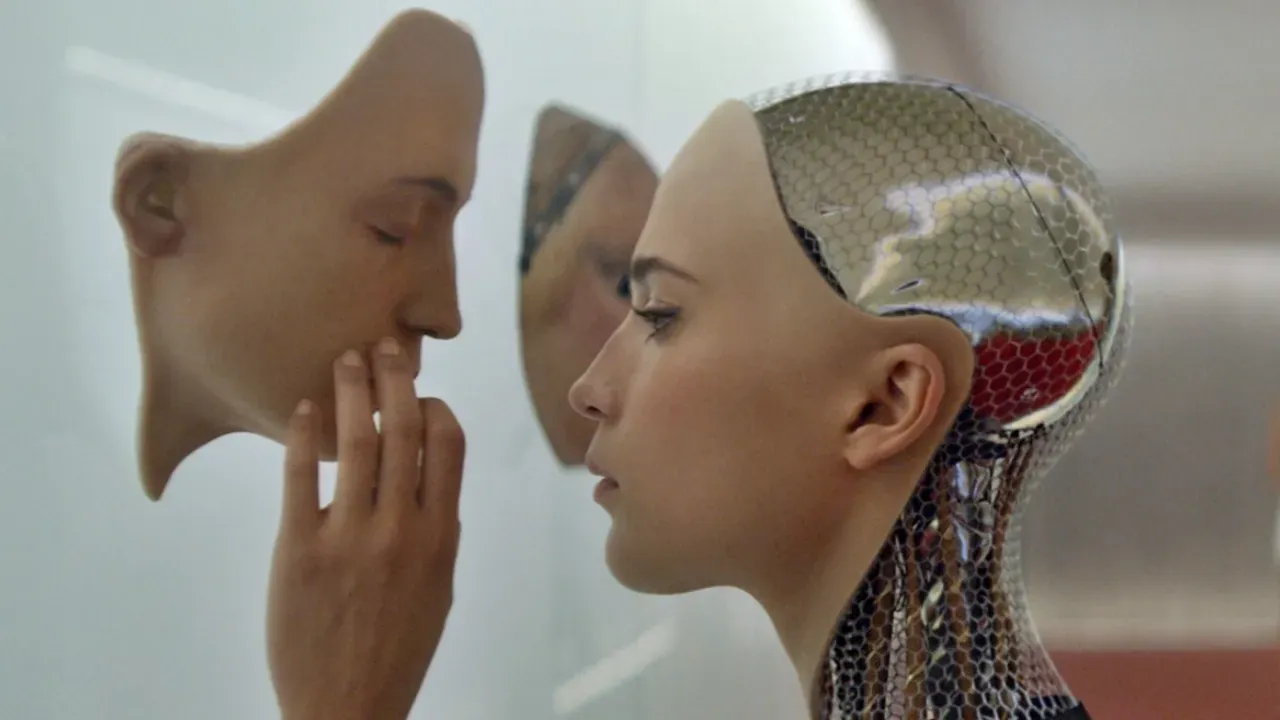
Source: IMDb
In a more subtle, yet equally complex use of CGI, Alicia Vikander’s performance as the android AVA was digitally enhanced to reveal her transparent, mechanical body parts. The CGI was not used to create a character from scratch but to surgically remove and replace portions of Vikander’s body with complex machinery. This effect highlighted her uncanny, almost-perfect synthetic nature, making the performance possible by subtly blurring the line between human acting and visual trickery.
Willem Dafoe as Tars Tarkas in John Carter
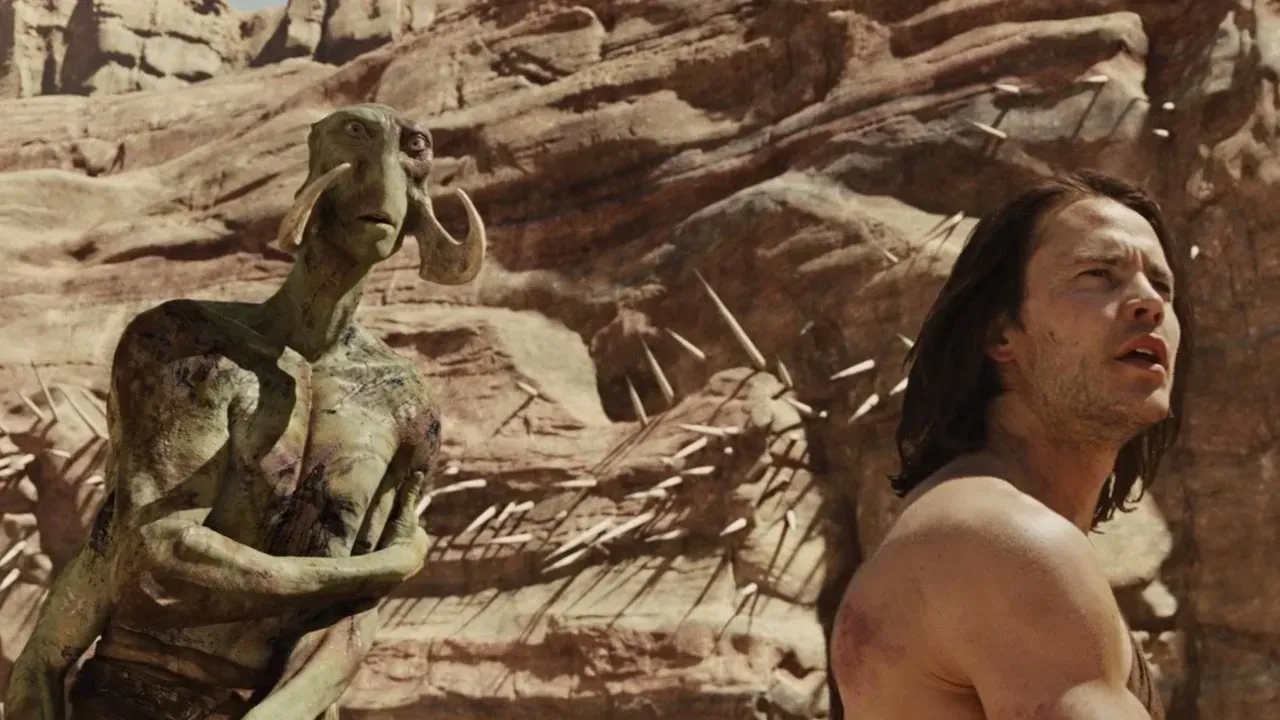
Source: IMDb
Willem Dafoe’s commitment to the performance capture role of the four-armed Martian warrior Tars Tarkas was crucial to the character’s believability. Dafoe performed every scene on stilts and in a specialized harness, with his body and facial movements translated to the towering, green-skinned alien. The CGI was the only medium capable of marrying his physical, grounded performance with the fantastical alien design, creating a sympathetic and imposing creature.
Seth MacFarlane as Ted in Ted
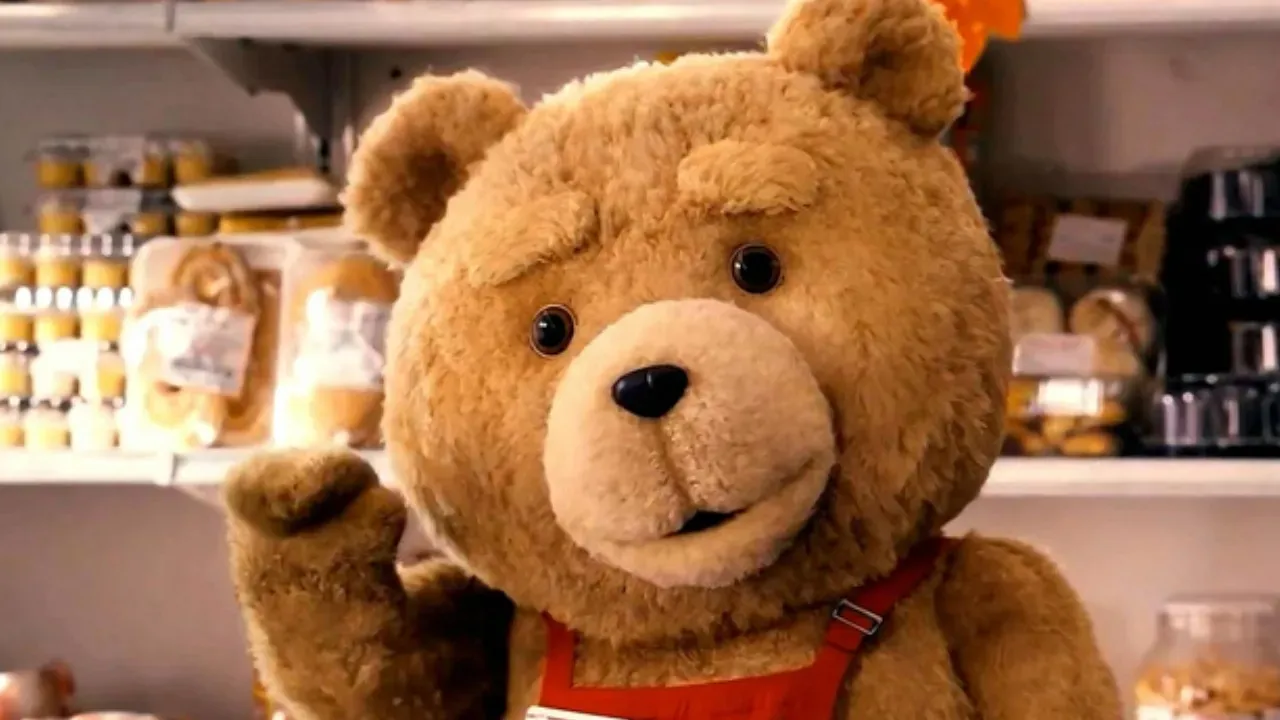
Source: IMDb
Ted, the foul-mouthed teddy bear, is a character whose existence is entirely dependent on CGI. Seth MacFarlane provided both the voice and the on-set motion reference for the bear, interacting directly with the live-action actors. The CGI successfully integrated the plush, animated character into the real-world environment, transforming Rogen’s on-set presence into a living toy and making his irreverent comedic performance plausible.
Ralph Fiennes as Voldemort in Harry Potter
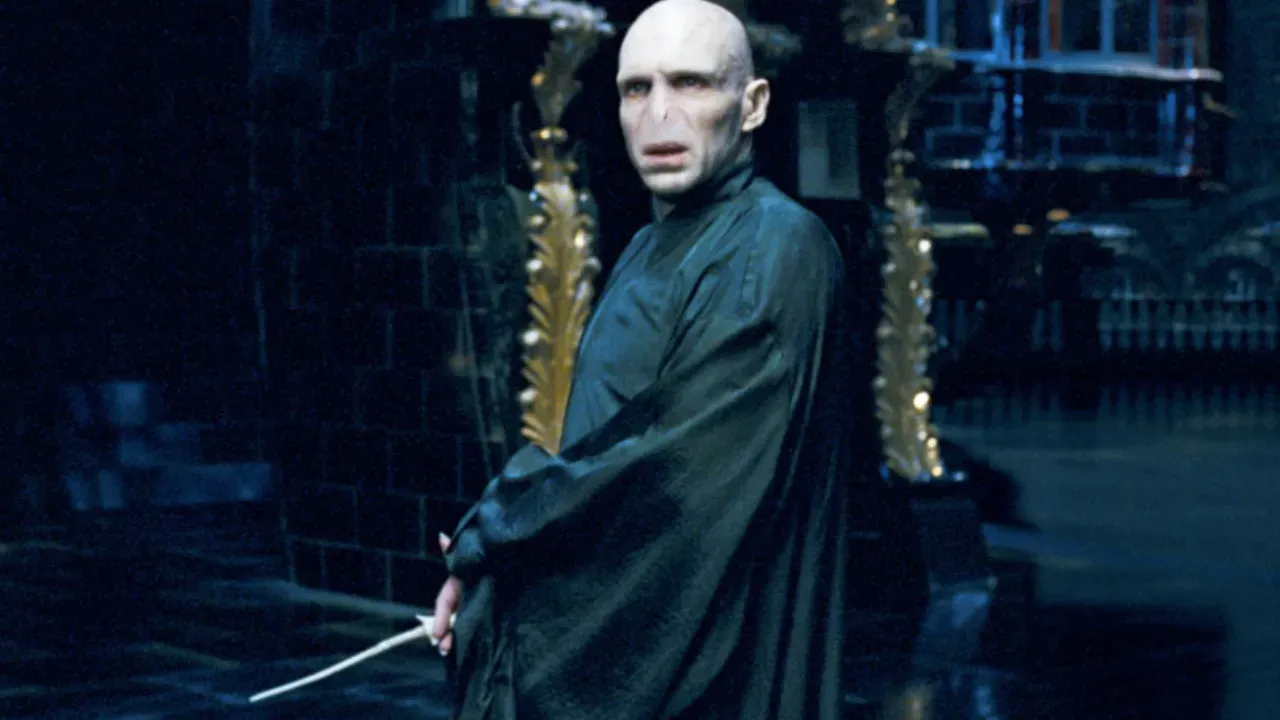
Source: IMDb
While Ralph Fiennes wore extensive prosthetic makeup, the most defining and terrifying visual characteristic of Lord Voldemort—his serpentine, noseless face—is the result of intensive digital removal and enhancement. The CGI was painstaking, used frame-by-frame to remove Fiennes’ nose and refine his facial structure to achieve the snake-like appearance, ensuring the actor’s sinister and aristocratic performance was delivered by the Dark Lord’s book-accurate visage.
Robert Patrick as T-1000 in Terminator 2: Judgment Day
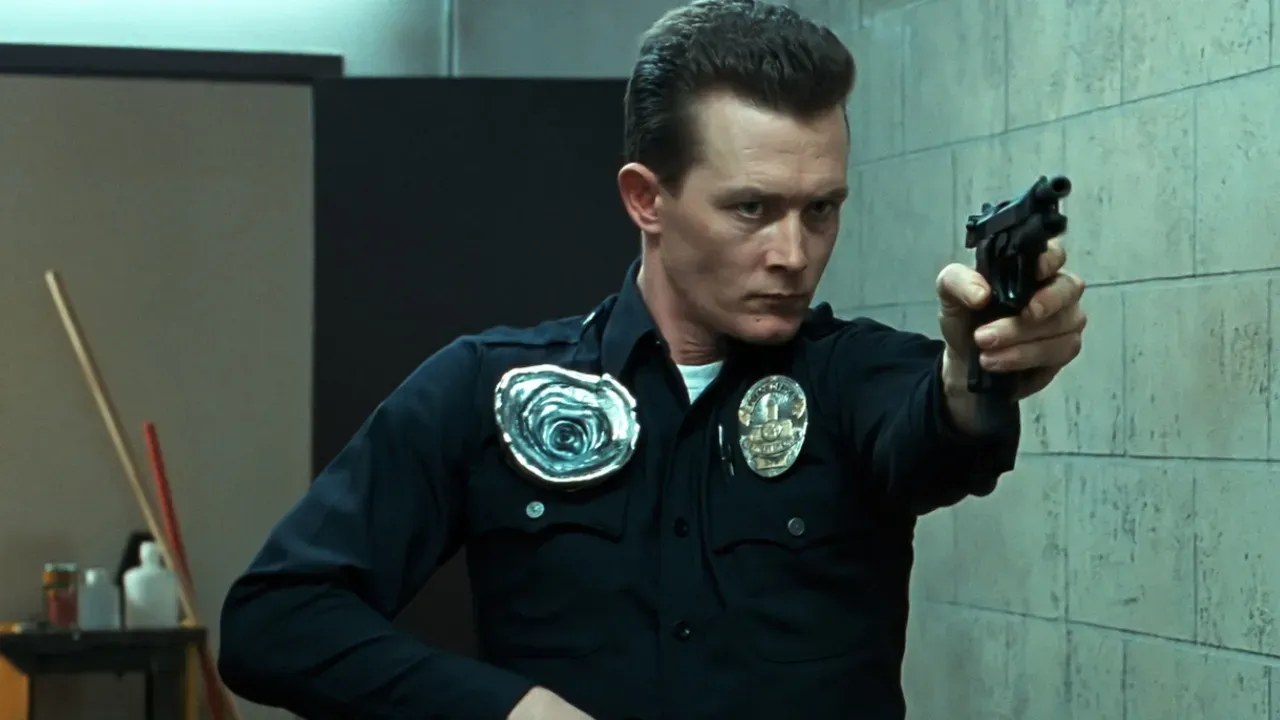
Source: IMDb
Robert Patrick’s performance as the emotionless liquid metal assassin T-1000 is inseparable from the groundbreaking CGI. The effects were used for specific, but critical, moments of metamorphosis—such as melting through bars, reforming from a liquid puddle, and growing bladed arms. This was a revolutionary use of CGI in 1991, allowing Patrick to embody a villain with biologically impossible, shapeshifting abilities that defined the character.
Sean Connery in Dragonheart
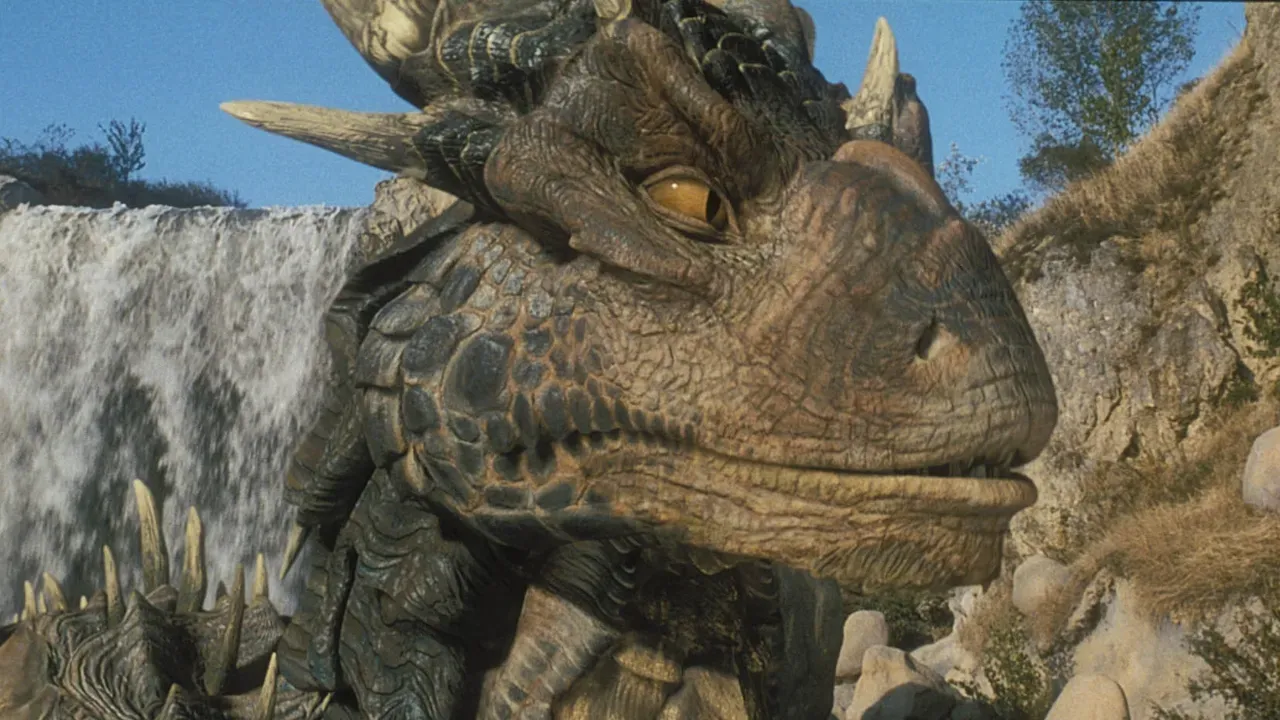
Source: IMDb
The performance of the dragon Draco relies entirely on the distinct vocal delivery of Sean Connery. While not a motion-capture role, the animators meticulously crafted the digital dragon’s face and mannerisms to mirror Connery’s expressive voice and powerful, grandfatherly gravitas. The CGI was essential to creating a realistic, talking creature whose emotional resonance and wisdom flowed directly from its celebrity vocal performance.
Andy Serkis as Caesar in Planet of the Apes
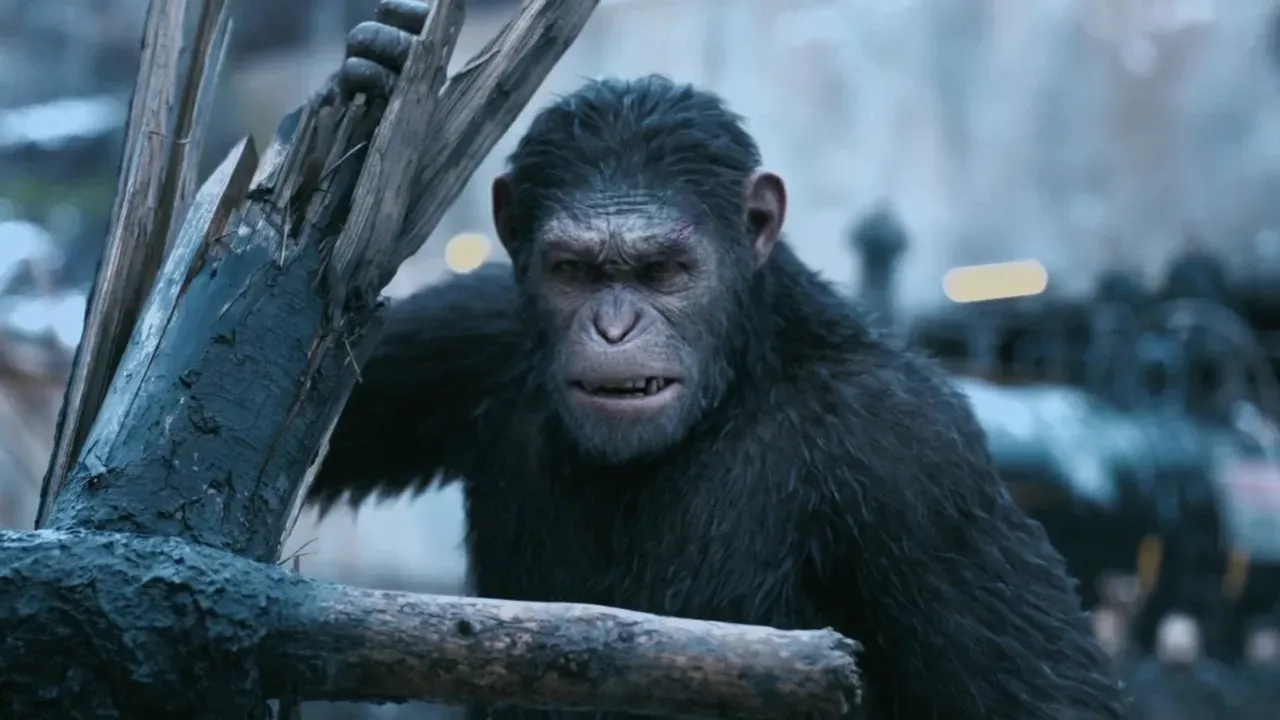
Source: IMDb
Serkis refined his mastery of the medium with his portrayal of the intelligent ape leader, Caesar. Across the trilogy, the sophisticated performance capture technology allowed Serkis to convey the complex burdens of leadership, deep empathy, and profound pain through Caesar’s hyper-realistic simian face and body. The subtlety in Caesar’s eyes and posture—all direct results of Serkis’s motion-capture acting—made the digital character feel incredibly tangible and grounded.
